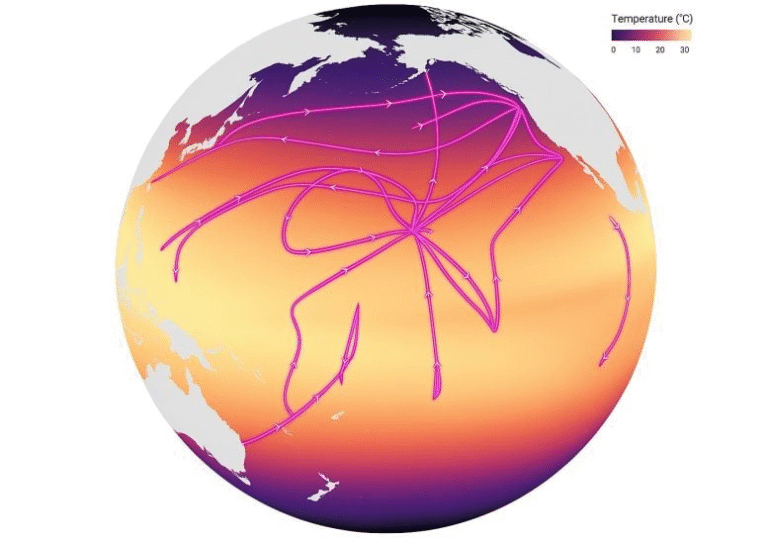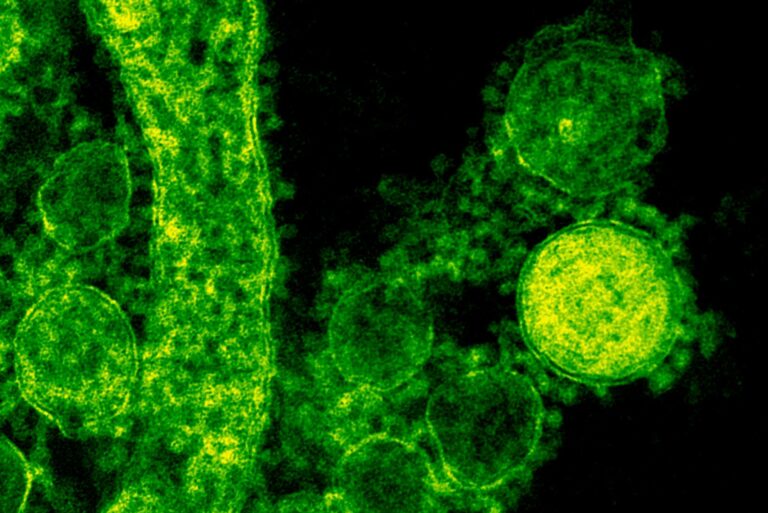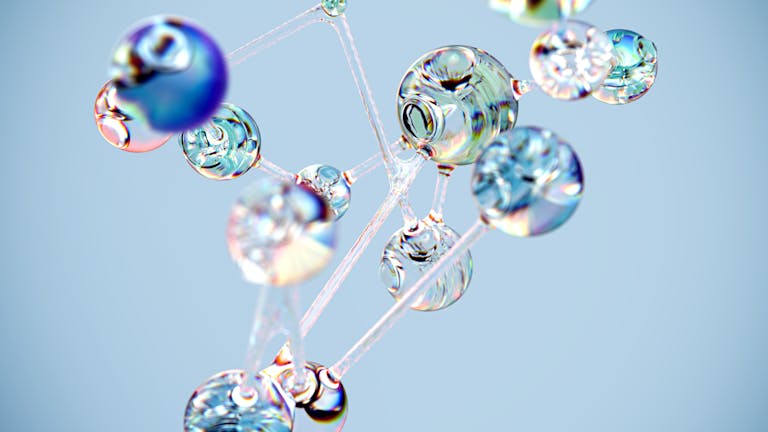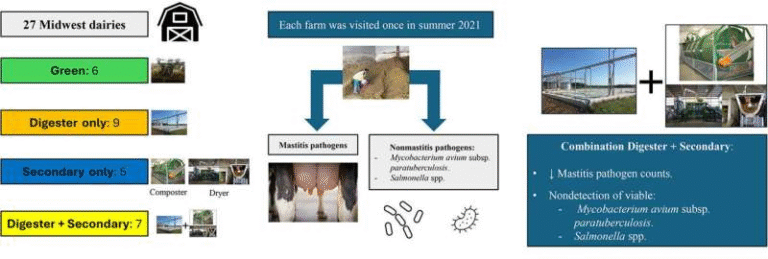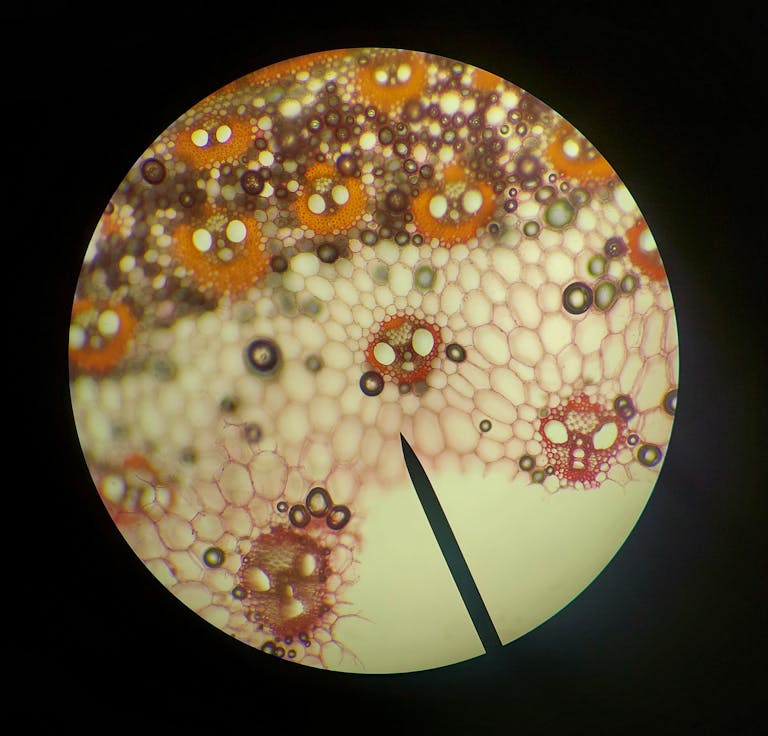How Animals Get Their Spots — And Why Nature Prefers Imperfection

From tiger stripes to leopard spots, the natural world is covered in mesmerizing patterns that seem almost mathematical — yet never quite perfect. Scientists at the University of Colorado Boulder (CU Boulder) have taken a big step toward understanding why that is. Their latest study not only refines a long-standing theory about how animals form these unique patterns but also explains why the imperfections in those patterns are essential. Even more exciting, the same principles could help us create materials that adapt to their surroundings, such as color-changing fabrics or smart surfaces.
The Original Mystery: Turing’s Reaction-Diffusion Theory
Back in 1952, British mathematician Alan Turing — yes, the same Turing behind the concept of the computer — proposed that patterns in nature arise through a process called reaction-diffusion. According to this theory, when an embryo develops, certain chemical agents, or morphogens, spread through the tissue.
One chemical activates pigment-producing cells, while another inhibits them. The push and pull between activation and inhibition creates stripes, spots, or other repeating motifs. This model could explain why a leopard gets spots and a zebra gets stripes, all from the same basic principles.
However, computer simulations of Turing’s model always looked a bit too soft — the spots were blurrier and smoother than those in real animals. Nature’s patterns have sharper edges and subtle irregularities that the classic model just couldn’t reproduce.
A Modern Update: Diffusiophoresis Joins the Equation
Fast-forward to 2023. CU Boulder researcher Ankur Gupta and his collaborators decided to enhance Turing’s framework by introducing a new mechanism called diffusiophoresis.
This process happens when tiny particles move because of chemical concentration gradients — in simple terms, as one substance diffuses, it can drag other particles along with it. Think of soap dissolving in water and pulling dirt out of a shirt. The same principle, applied to biological tissues, could explain how pigment cells organize themselves more precisely.
When Gupta’s team applied diffusiophoresis to simulations of the ornate boxfish, a brightly patterned species native to Australian waters, the difference was striking. The model generated crisp hexagonal shapes similar to those found on the fish’s skin. It was a big improvement — but still too perfect. Every hexagon was the same size, neatly arranged in an unreal, geometric precision that doesn’t exist in nature.
Chasing the Beauty of Imperfection
The researchers realized that in real life, no zebra’s stripes or leopard’s spots are identical. Each has slight variations, broken lines, or uneven edges. Nature thrives on imperfection, and that’s what the computer model was missing.
So the team decided to take a closer look at the cells themselves. In previous models, cells were treated as uniform points. In their new version, each cell was given a defined size, meaning some were larger or smaller than others. They also modeled how these differently sized cells move, interact, and even bump into each other within tissue.
Here’s where things got interesting.
Imagine ping-pong balls of different sizes rolling through a narrow tube. The larger ones move slower, take up more space, and can even jam the flow, while smaller ones slip through easily. When you scale this up to biological tissue, such differences create breaks and variations in the resulting patterns.
The outcome? The simulated patterns now showed grainy textures, uneven shapes, and broken lines — all hallmarks of real animal markings. For the first time, computer-generated spots and stripes looked convincingly natural.
Why Imperfection Matters
According to the CU Boulder researchers, the imperfections aren’t just random accidents — they’re built into the system. Natural variation in cell size and motion is what gives each animal its unique appearance.
These findings bridge a long-standing gap between theory and observation. For decades, scientists could model perfect mathematical patterns, but nature’s beauty was always messier. This study shows that the messiness itself is fundamental.
Beyond Biology: Practical Applications
While this research helps explain animal patterning, its impact could stretch far beyond biology. The same physical principles could inspire the design of responsive materials.
For instance, imagine a fabric that changes color like a chameleon to blend with its environment, or synthetic coatings that reorganize their texture under different conditions. The same idea could also be used in medicine — for example, delivering drugs to a specific part of the body by using chemical gradients that “pull” particles along predetermined paths.
In short, understanding how cells self-organize could help us engineer materials that can adapt, heal, or camouflage on their own.
The Role of Diffusiophoresis in Nature and Technology
Diffusiophoresis isn’t new — it’s been studied in physics and chemistry for years — but applying it to biological pattern formation is a relatively fresh idea. The process can happen in any system where different substances diffuse at different rates, creating local flows that move particles.
In everyday life, diffusiophoresis plays a part in water purification, chemical separation, and even laundry. But in living systems, it could be a silent architect shaping everything from the pattern of fish scales to the layout of skin cells in mammals.
By recognizing how this mechanism interacts with chemical reactions and cellular properties, scientists are getting closer to building “living” materials that mimic nature’s ability to self-organize.
A Quick Look at Animal Patterns in Nature
Before this study, much of what we knew about animal patterning came from the reaction-diffusion model. It successfully explained a range of natural designs:
- Leopard spots arise when the activator dominates in certain regions.
- Zebra stripes occur when activator and inhibitor balance out in repeating waves.
- Fish patterns — like the boxfish hexagons — often show more complex geometries, combining several chemical and mechanical effects.
But scientists have long noticed that even within the same species, individuals show subtle differences in their patterns. Two zebras never have identical stripes. These variations might come from cell-level differences, developmental noise, or even environmental effects — all of which the new CU Boulder model now captures better than ever before.
What Comes Next
The team plans to expand the model further. The next step involves adding more complex interactions among cells and their chemical environment, as well as including three-dimensional effects since real tissues aren’t flat.
Ultimately, this line of research could shed light on broader biological processes like embryo development, tissue growth, and wound healing. Patterns are more than decoration — they often play roles in camouflage, communication, and survival.
Understanding how they form helps us understand how living systems organize themselves from the bottom up.
The Takeaway
This research reminds us that nature’s beauty lies in imperfection. The same irregularities that make one leopard’s spots slightly uneven are what make the pattern realistic and alive. By simulating how cells of different sizes interact through chemical gradients, scientists have shown that even chaos follows rules — elegant ones hidden beneath the surface.
What began as an effort to explain animal patterns might now lead to technologies that let our clothes, devices, and materials behave more like living organisms. It’s a perfect example of how studying nature’s flaws can lead to human innovation.
Research Reference:
Imperfect Turing Patterns: Diffusiophoretic Assembly of Hard Spheres via Reaction-Diffusion Instabilities, Matter (2025)
